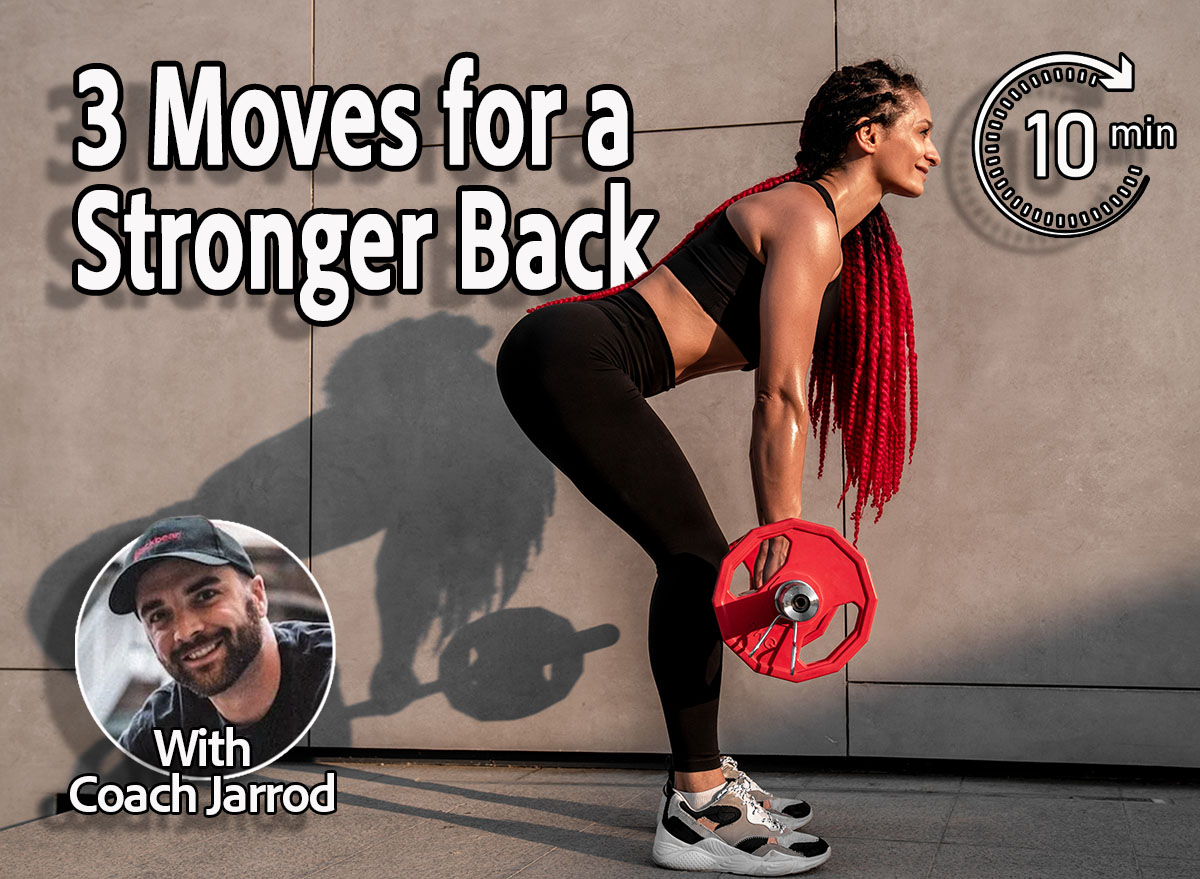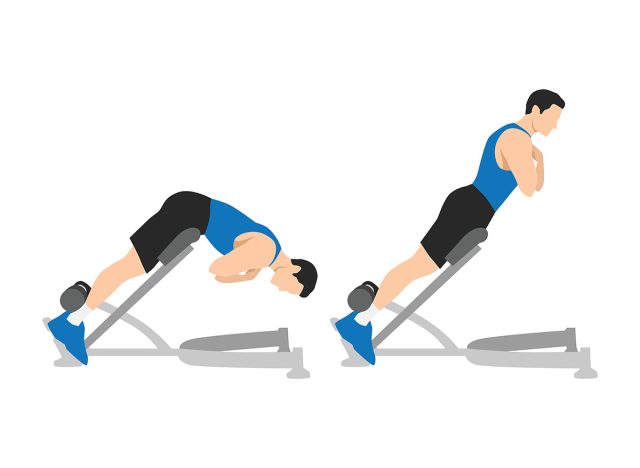The Only 3 Moves You Need for a Stronger Lower Back After 40

If your training program skips over targeted lower back work, you leave the door open for injury, chronic tightness, and stalled performance. Whether you’re an athlete chasing strength gains, a weekend warrior avoiding pain, or just want to stand taller and move better, building a bulletproof lower back isn’t optional; it’s essential.
The lower back is a key player in the posterior chain. It’s a network of muscles including the glutes, hamstrings, and spinal erectors. This area is the foundation of athletic performance, stability, and everyday movement like picking up groceries or getting out of bed. And yet, it’s often neglected in favor of more “glamorous” muscle groups. Here’s the truth: you can’t build total-body strength without a resilient posterior chain.
So let’s fix that. Below are the three exercises you need to forge a rock-solid lower back. No fluff, no filler—just time-tested movements that get the job done. Think of this as your straightforward blueprint for strength and spinal armor.
Move #1: Deadlifts

Deadlifts are the king of posterior chain exercises, and for good reason. They engage nearly every muscle on the backside of your body, with the lower back acting as the stabilizing anchor. Deadlifts teach you to lift heavy objects safely by reinforcing proper hip hinge mechanics, core engagement, and spinal alignment. Plus, they build isometric strength in the erector spinae, the deep muscles that run along your spine, making them one of the most effective ways to prevent lower back injuries and improve posture.
Muscles Trained:
- Erector spinae
- Glutes
- Hamstrings
- Lats
- Traps
- Core
How to Do It:
- Stand with your feet hip-width apart and the barbell over your midfoot.
- Hinge at your hips and grip the bar just outside your knees.
- Keep your spine neutral and chest up.
- Drive through your heels and extend your hips and knees simultaneously to lift the bar.
- Stand tall at the top, squeezing your glutes.
- Lower the bar by hinging at your hips and maintaining a flat back.
Recommended Sets and Reps: Perform 3 to 5 sets of 4 to 6 reps. Rest for 90 to 120 seconds between each set.
Form Tip:
Brace your core like you’re about to be punched in the stomach (the ol’ “belly whack” cue), keeping your spine stable throughout the lift.
Best Variations:
- Trap Bar Deadlift
- Romanian Deadlift
- Sumo Deadlift
- Deficit Deadlift
Move #2: Good Mornings

Good mornings are often overlooked, but they’re a posterior chain goldmine, especially for building eccentric strength and spine stability. This hip-hinge exercise directly targets the hamstrings and erector spinae, forcing you to control your trunk against gravity. The result? A lower back that’s stronger and more resilient under stress—precisely what you need to prevent injury during squats, deadlifts, or real-life lifting.
Muscles Trained:
- Erector spinae
- Glutes
- Hamstrings
- Core
How to Do It:
- Rest a barbell across your upper traps like a back squat.
- Stand tall with feet shoulder-width apart.
- Hinge at your hips, pushing your glutes backward while keeping a slight bend in your knees.
- Lower your torso until it’s nearly parallel to the ground (or as far as mobility allows).
- Reverse the motion by driving your hips forward and standing upright.
Recommended Sets and Reps: Aim for 3 to 4 sets of 8 to 10 reps. Rest for 60 to 90 seconds between each set.
Form Tip:
Keep your shins vertical and think “hips back, not down” to keep the load off your lower spine.
Best Variations:
- Barbell Good Mornings
- Banded Good Mornings
- Seated Good Mornings
- Safety Bar Good Mornings
- Single-Leg Good Mornings
Move #3: Back Extension

Back extensions zero in on your spinal erectors with precision. Unlike compound lifts, they isolate your lower back while engaging the glutes and hamstrings. This makes them perfect for high-rep, high-control training that builds muscular endurance and structural integrity. Whether performed on a GHD, Roman chair, or stability ball, back extensions reinforce your posture and enhance spinal awareness, both critical for longevity and pain-free movement.
Muscles Trained:
- Erector spinae
- Glutes
- Hamstrings
- Lower traps
How to Do It:
- Set yourself up on a back extension bench with your hips just above the pad.
- Cross your arms over your chest or place your hands behind your head.
- Start with your torso in a straight line with your legs.
- Lower your torso by hinging at the hips while keeping a flat back.
- Raise your torso until it aligns with your legs again—don’t hyperextend.
Recommended Sets and Reps: Knock out 3 sets of 12 to 15 reps. Rest for 45 to 60 seconds between each set.
Form Tip:
Pause at the top of each rep and squeeze your glutes—this keeps the tension off your lower spine and reinforces proper hip extension.
Best Variations:
- Weighted Back Extensions
- Banded Back Extensions
- Supermans
- Reverse Hypers
How to Train Your Lower Back
A stronger lower back doesn’t happen by accident. It takes practical programming, consistent effort, and attention to mobility and recovery. Here’s how to make it happen:
- Train your posterior chain 2 to 3 times weekly: Program a mix of compound lifts and isolation work. Allow at least 48 hours of recovery between training days.
- Prioritize form: Form should always take precedence over weight. Move well before you weigh the movement.
- Warm up with mobility drills: target your hips, hamstrings, and thoracic spine.
- Strengthen your core: Add planks, bird-dogs, and anti-rotation exercises to support your spine.
- Don’t skip unilateral work: Lunges and single-leg RDLs help balance the hips and reduce back strain.
- Recovery is non-negotiable: get sleep, stay hydrated, and stretch regularly.